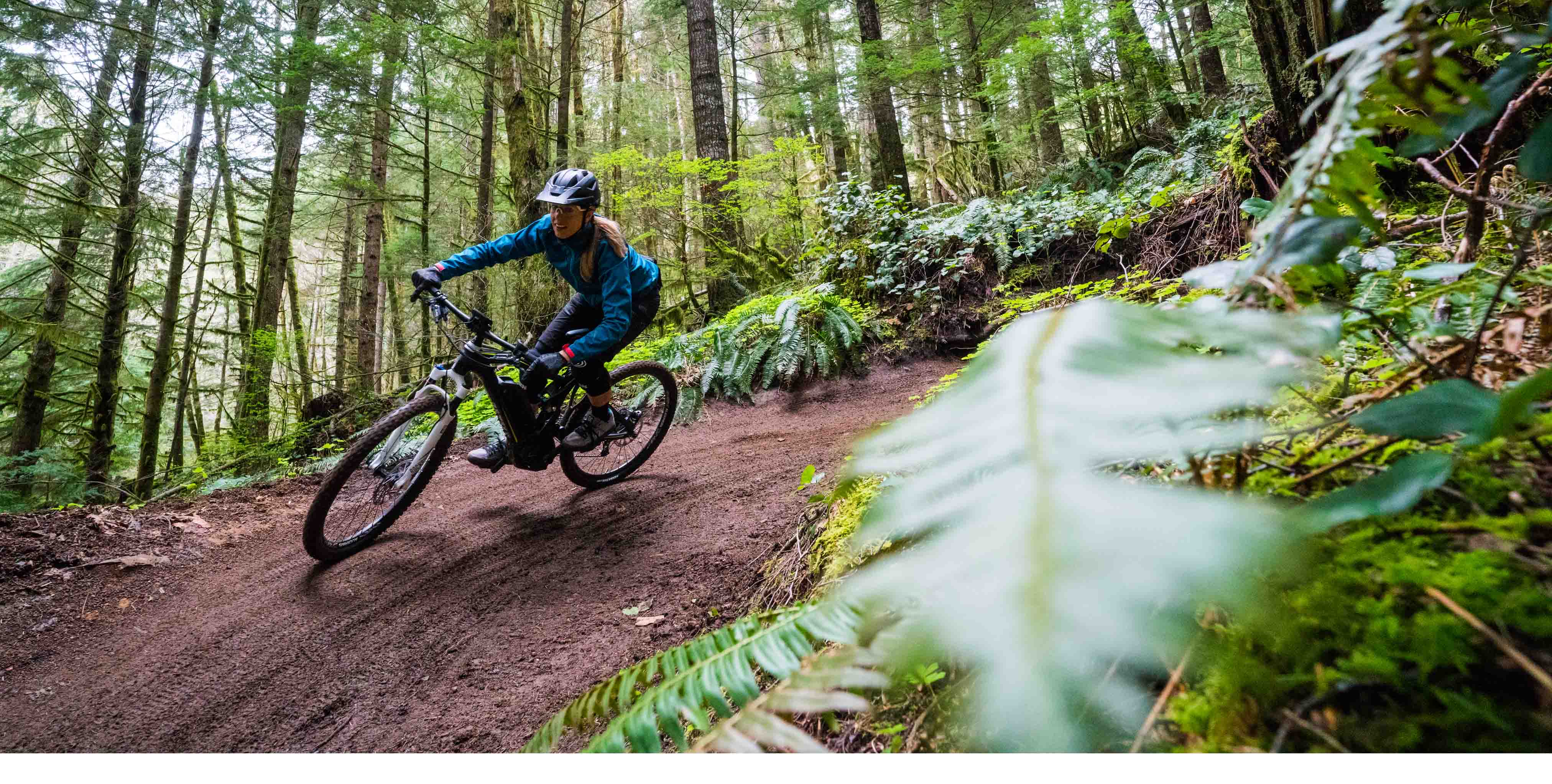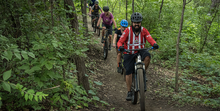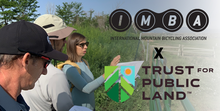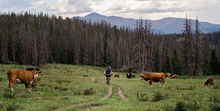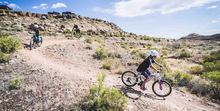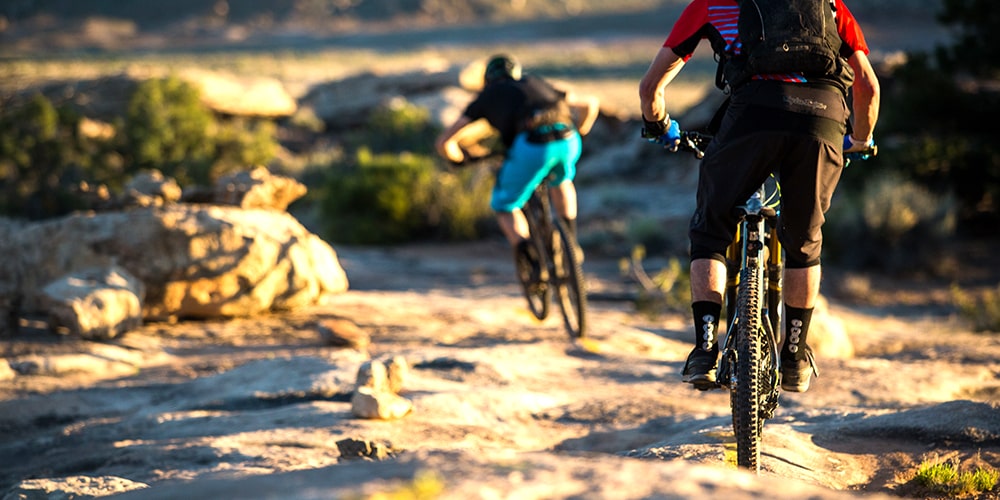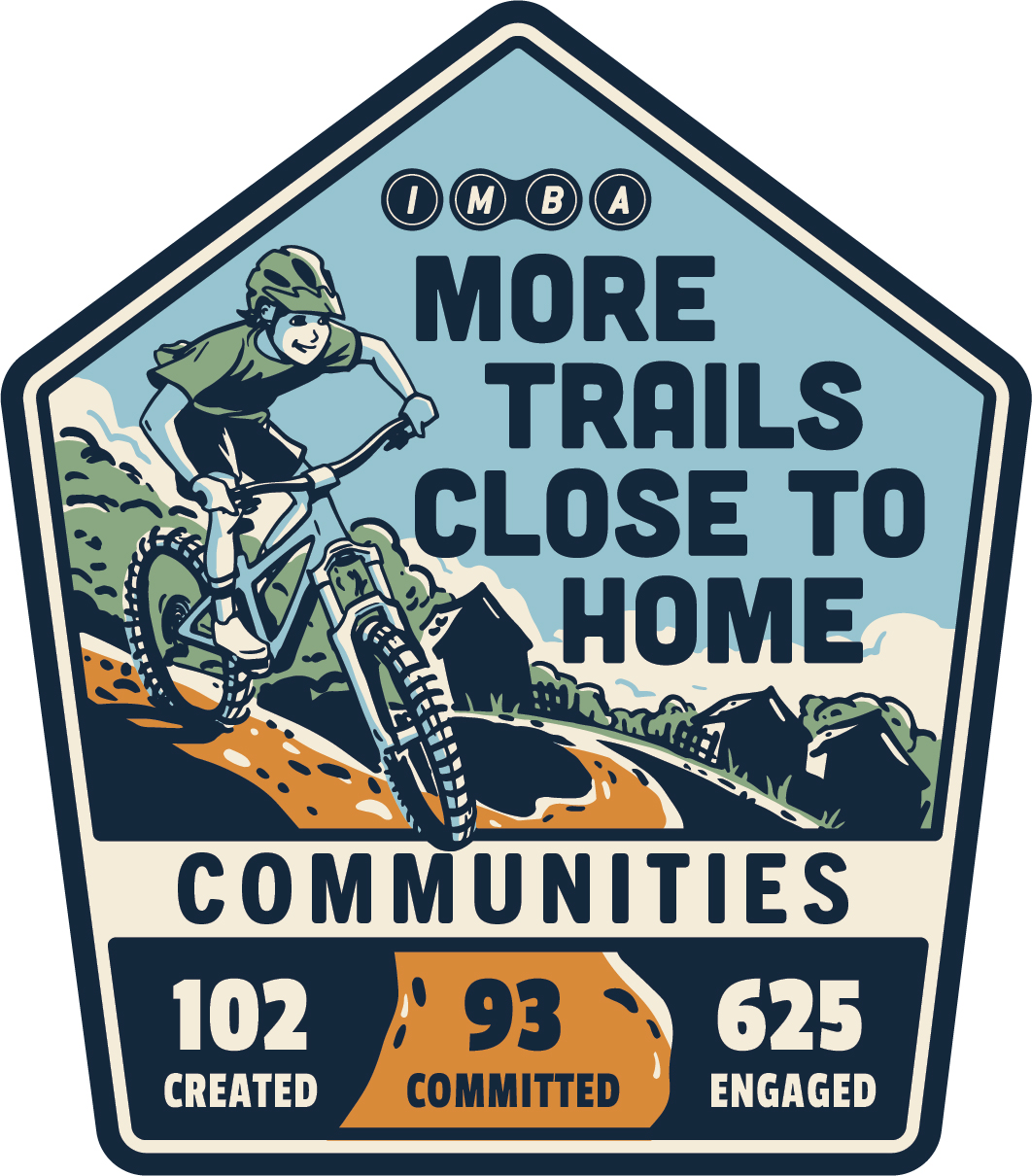Passing a Bill for Mountain Bikers
In the last few years, federal agencies have undergone processes to revise policies regarding eMTB access and management. With both the U.S. Forest Service (USFS) guidance and Bureau of Land Management (BLM) rule now finalized, IMBA's Policy Manager Aaron Clark has analyzed both in-depth to compare similarities, differences, ramifications and next steps for eMTB access on the federal public lands mountain bikers ride and steward most. We want to hear the community’s questions about the analysis, the policies, and about these changes.
On March 31, 2022, the USFS finalized long-awaited e-bike guidance. The guidance incorporated a number of IMBA’s recommendations made during a public comment period in October 2020, in which thousands of mountain bikers took part. The guidance has some great elements in line with IMBA’s recommendations: it requires a local public process to adequately collect local sentiment on possible pros and cons of eMTB access; thorough National Environmental Policy Act (NEPA) and Travel Management Planning; the guidance distinguishes between class 1, class 2 and class 3 eMTBs to ensure quality experiences for all trail users; and the guidance manages eMTBs as a new category, separate from traditional mountain bikes. Unfortunately, USFS fell short by reclassifying non-motorized trails to motorized trails where eMTBs would be allowed, even if all other motorized uses were to remain prohibited.
The final BLM rule was released on October 2, 2020. The final rule adopted the 3-class definition of e-bikes and, when meeting certain criteria, treats e-bikes in the same manner as bicycles. The rule confirms decisions will be made at the local level with local input, and finally must follow NEPA guidelines when considering changes to allow eMTBs on non-motorized trails. These steps are all in line with IMBA’s recommendations made during the rule-making process and in the public comment period that took place in May and June of 2020. Unfortunately, the BLM rule allows land managers to consider all classes of eMTBs on non-motorized trails rather than only considering class 1 eMTBs.
Read the Full Analysis
Ask an eMTB Question
Similarities
The rules and guidance are similar in that neither makes any immediate changes to current trail access. Motorized roads and trails continue to be open to eMTBs, as both agencies still define eMTBs as motorized vehicles. Both agencies require a procedural NEPA assessment to determine which non-motorized trails will allow eMTBs. Both agencies recognize the 3-Class eMTB structure and allow for independent decisions to be made for which class(es) are allowed on which trails. Both agencies manage mountain bikes and eMTBs as separate modes of travel.
Differences
The agencies differ in how trails that eventually allow eMTBs will be classified. The BLM rule establishes a criteria-based conditional exclusion to exempt eMTBs from motorized definition. This will allow eMTBs on certain non-motorized trails determined through the NEPA process. This approach by the BLM allows some fluidity. However, USFS did not create exclusion criteria and instead left eMTBs defined as motorized vehicles. Decisions to allow eMTBs will require reclassifying any non-motorized trail as a motorized trail. This USFS approach is more binary.
Ramifications
With budget and staffing shortages across federal agencies, it will likely take years to see official eMTB designations on trails. NEPA–while necessary and important–slows the process for eMTB access decisions. IMBA supports a range of expedited NEPA measures for eMTB access. Change will happen in locations with high demand, ample support, and land managers willing to work with advocates.
An important technical challenge to consider is that both agencies may face Recreation Trails Program (RTP) funding obstacles because RTP funds are divided into motorized and non-motorized. Any BLM non-motorized trail that allows eMTBs will be disqualified from funding, and the USFS creates its own conflict by potentially reclassifying “non-motorized” to “limited motorized.” These trail classifications could also impact state funding opportunities, as well as add confusion to state vehicle registrations.
Next Steps
To gain new access to trails, local mountain bike and eMTB advocates will need to compel the USFS, and any agency under the Department of the Interior, including BLM, to take action on assessing potential changes and modifications to local trail designations.
Currently, it appears the BLM can address this by including eMTB assessments within the scope of other concurrent project-level NEPA processes. BLM can also open up a limited scope, stand-alone project to implement the eMTB Rule with NEPA for a specific landscape or trail system. The USFS has to open up Travel Management Planning (TMP) which is the official process for designating motorized use. It seems USFS TMPs could be limited in scope to eMTBs, but that is yet to be clear.
Read the Full Analysis
Ask an eMTB Question
IMBA supports trail access for Class 1 eMTBs and supports shared use on trails as long as access is not lost or impeded for traditional mountain bikes. Throughout these processes, IMBA has recommended Class 1 eMTBs be managed independently from traditional mountain bikes.
While a perfect rule is likely impossible when technology changes far outpace policy changes, IMBA commends both agencies for creating a clear path to trail access for eMTBs.
